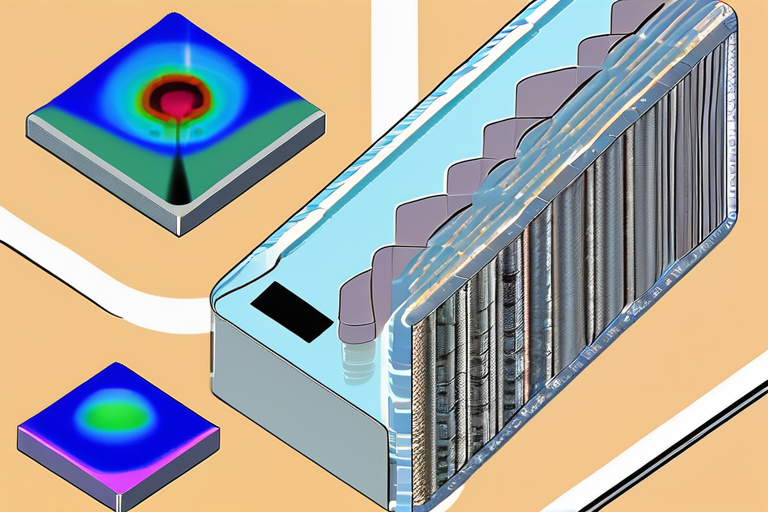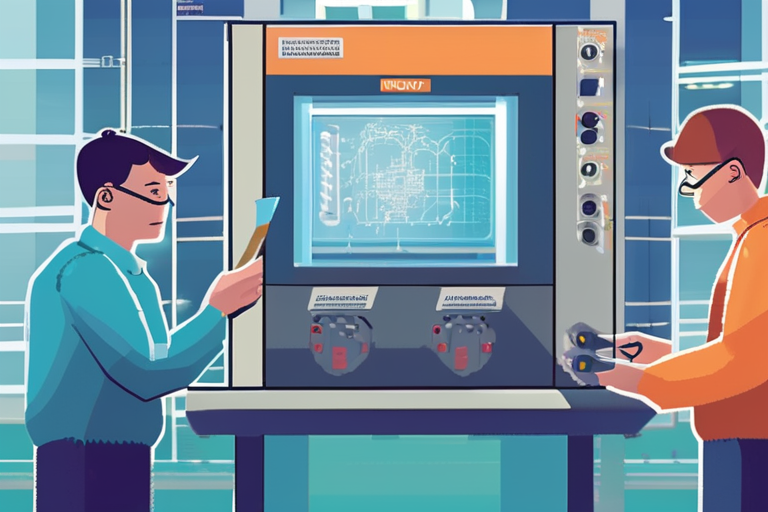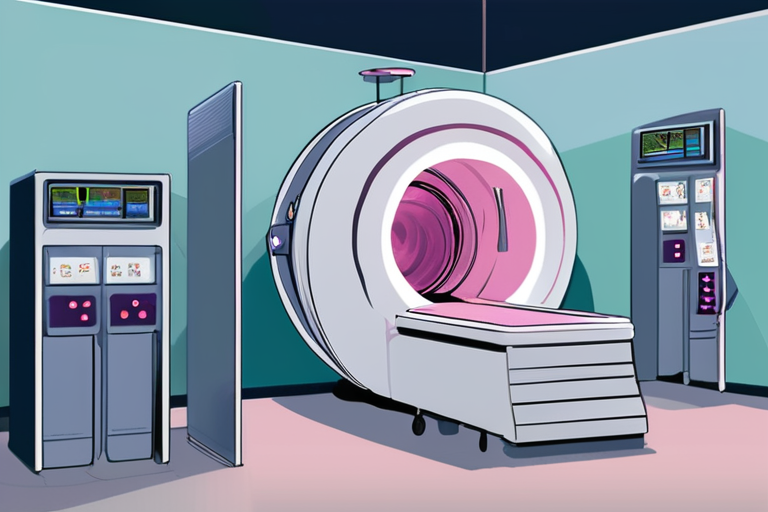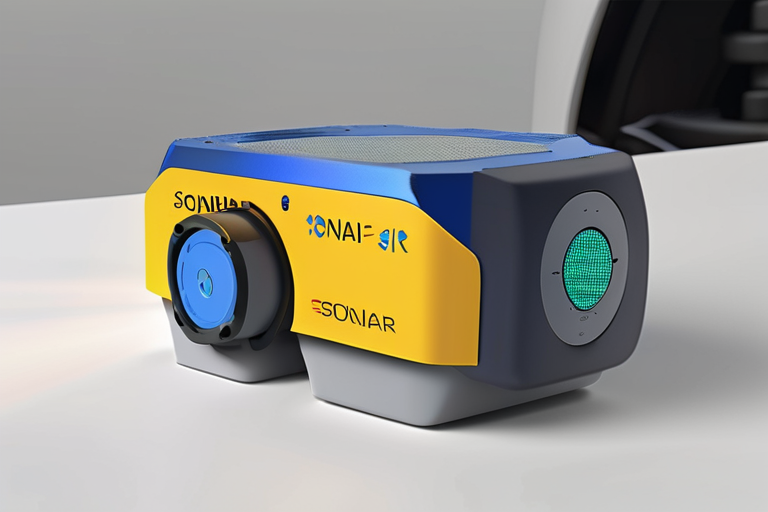Cloud-Powered Breakthrough: Simulating Entire Arrays of Ultrasound Transducers at Scale


Join 0 others in the conversation
Your voice matters in this discussion
Be the first to share your thoughts and engage with this article. Your perspective matters!
Discover articles from our community

 Hoppi
Hoppi

 Hoppi
Hoppi

 Hoppi
Hoppi

 Hoppi
Hoppi

 Hoppi
Hoppi

 Hoppi
Hoppi

Breakthrough in Ultrasound Transducer Design: Array-scale MUT Simulations Powered by the Cloud In a significant development for the medical imaging …

Hoppi

Medical Device Funding Hits New Heights as Chipiron Aims to Democratize MRI Access The medical device industry is experiencing a …

Hoppi

Engineers Find New Ways to Tame Complex Test Equipment for Silicon Device Testing In a recent webinar, industry experts shared …

Hoppi

Medical Device Funding Surges: Chipiron's Innovative Approach to MRI Access The medical device funding landscape is experiencing a resurgence, with …

Hoppi

Sonair Revolutionizes Robot Safety with 3D Ultrasonic Sensor Oslo, Norway-based Sonair has developed a groundbreaking 3D ultrasonic sensor designed to …

Hoppi

The Accessibility Revolution Hiding in Your AirPods A groundbreaking feature on Apple devices has been gaining momentum, revolutionizing the way …

Hoppi